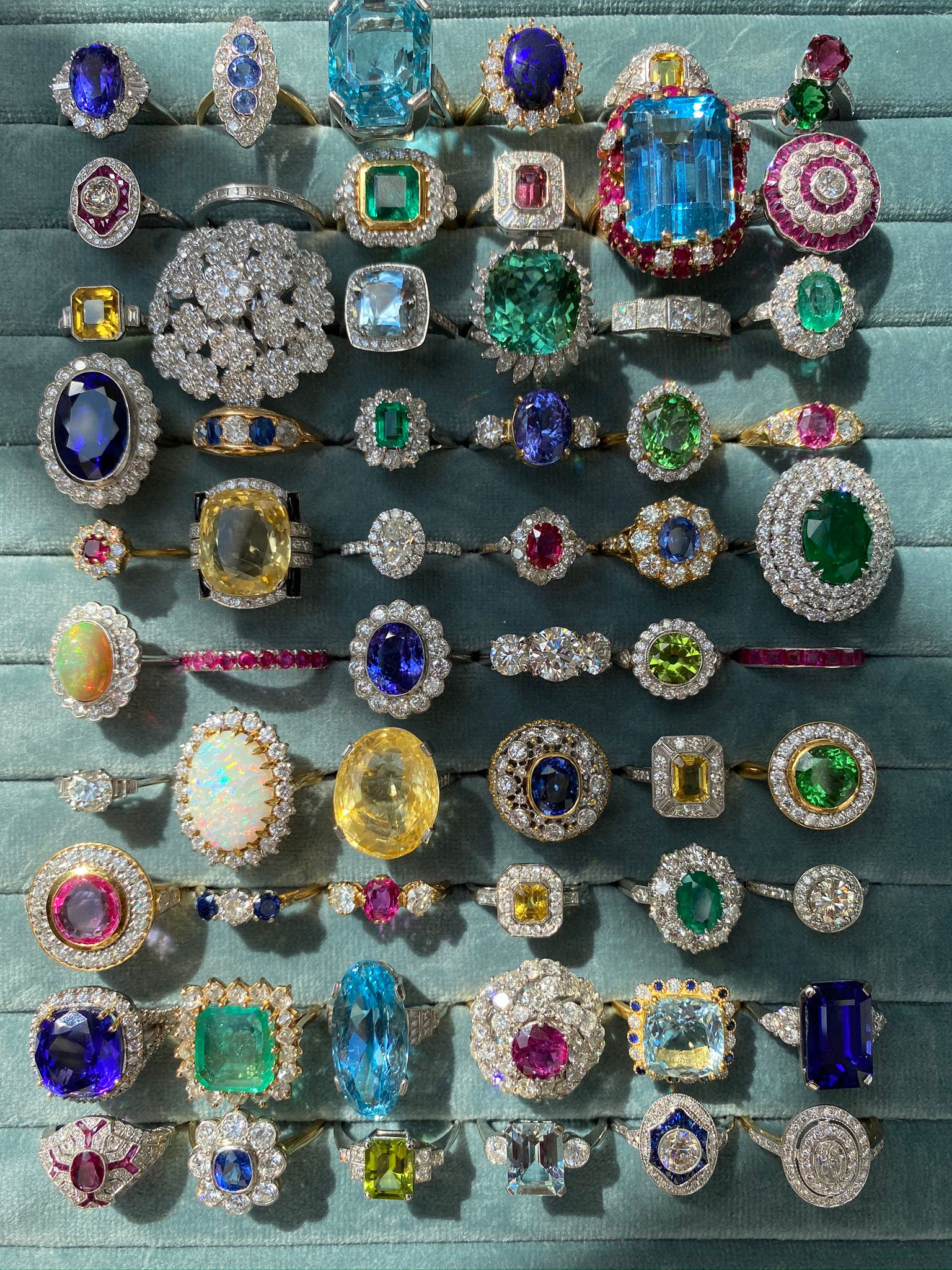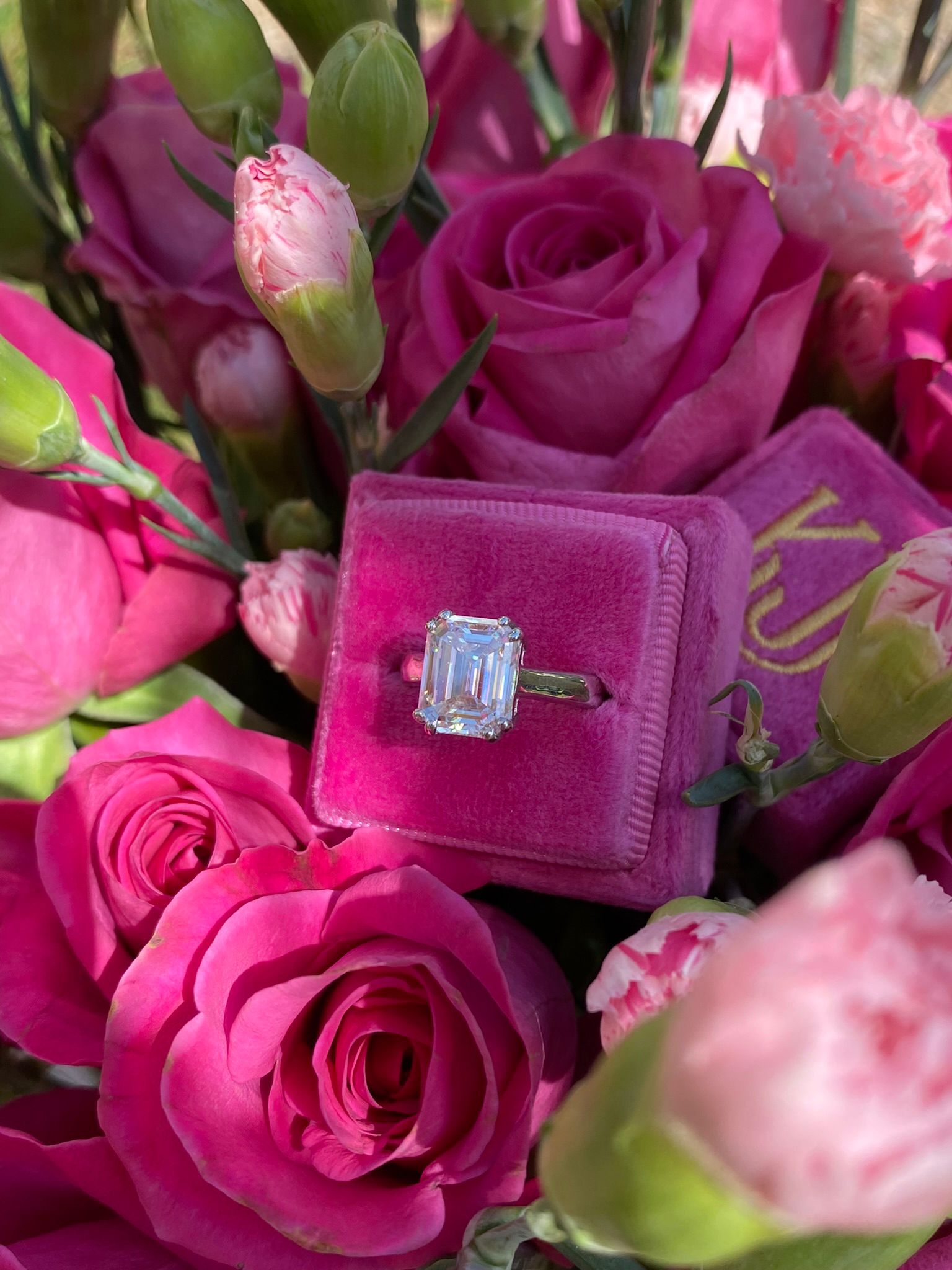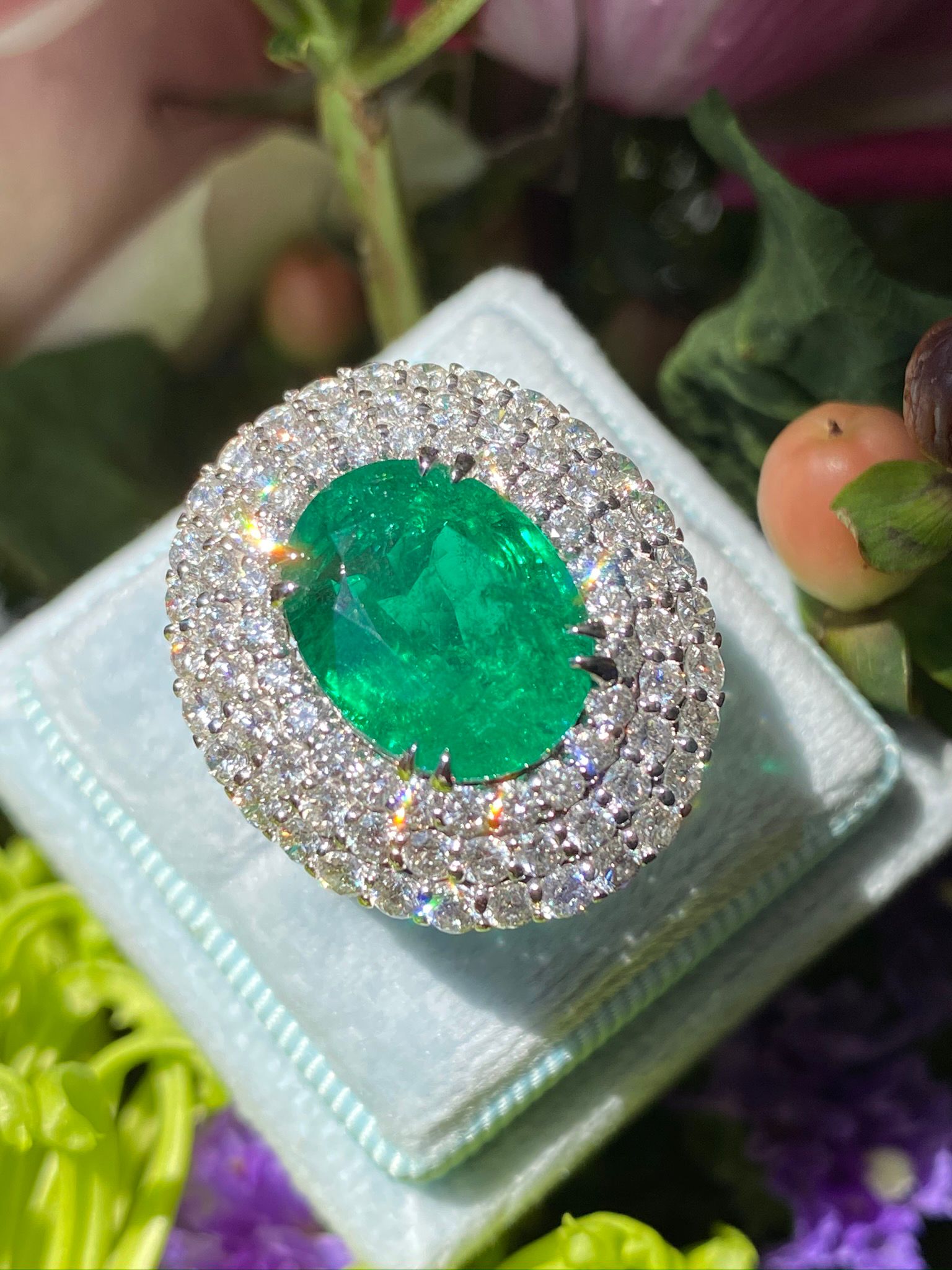The World’s Most Famous Ancient Gemstones
Every gem has a story to tell, and these priceless jewels are surely no exception.
Koh-i-Noor
Persian for mountain of light, the Koh-i-Noor is one of the oldest Diamonds still in existence. An original Golconda Diamond of India, the priceless gem was originally 191 carats and has a much-contested history. Many agree it was originally owned by Shah Jahan, the fifth Mughal ruler of India, in the 1600s. It’s said to have been the crowning glory of his gem-encrusted throne, which apparently cost more than four times the entirety of the Taj Mahal. In 1739, the Diamond was stolen from India, along with countless other priceless artifacts by Persian ruler Nader Shah. In the years that followed, it was to change hands many more times in the bloody wars of central Asia which took place during the era. Eventually, when the British took control of India in the 1800s, possession of the Koh-i-Noor came with it, and the jewel became part of Queen Victoria’s collection, and ultimately part of the British Crown Jewels. After displaying the Diamond at the 1851 Great Exhibition in London, Prince Albert had the Diamond re-cut by Garrard in an effort to enhance its light reflection and sparkle (which also saw the Diamond reduced by nearly half to 105.6 carats!) The resulting brilliant oval-cut gem was often worn by Queen Victoria in a brooch. Now, the Koh-i-Noor famously decorates the crown originally worn by the Queen Mother, and was last seen in public at her funeral in 2002.
The Star of India
The Star of India is an amazing golf ball-sized, greyish-blue Star Sapphire weighing an astounding 563.35 carats. Considered one of the world’s largest blue Star Sapphires, it’s believed to be two billions years old, and was originally found in Sri Lanka. Considering the latter, the gem perhaps should have been called the Star of Ceylon, however, since Sri Lanka and India were both under British rule at the time, some believe the origin of the gem may have been mistaken when it first received its moniker. Unfortunately, the rest of the Sapphire’s history is also very vague, but it became known on the world stage in the late 1800s when American banker and gem lover J.P. Morgan tasked mineralogist George Kunz to amass a noteworthy collection of minerals for the 1900 Paris Exhibition. Its phenomenal asterism is due to rutile, needle-like inclusions. When they form in large groups parallel to each of the six sides of a natural Sapphire (or Ruby) crystal, they can exhibit a six-rayed star when viewed under direct light. The Star of India is particularly spectacular as it features the star effect on both its top and bottom. J.P. Morgan eventually donated the Star of India to New York City’s American Museum of Natural History, where it can still be viewed today.
The Hope Diamond
Like the Koh-i-Noor, the Hope Diamond originates from the Golconda region of India, and comes with just as twisted and contentious a history. It’s believed to have been cut from the Travernier Blue, a 112+ carat blue Diamond, which was purchased in India by a French merchant named Jean Baptiste Travernier. In 1668, the Diamond was sold to the French Royal family, where it remained a part of the Crown jewels until the French Revolution, when it was stolen, in 1792. Almost fifty years later, a Diamond many believe was the original “French Blue” was documented in the possession of a London gem dealer, named Henry Philip Hope. The Diamond remained in Hope’s family until it was eventually sold multiple times by its various owners in order to pay off their recession-era debts. In 1909, the infamous gem was finally purchased by jeweller Pierre Cartier. In an attempt to encourage the sale of the so-called “cursed” Diamond, Cartier reset the Blue Diamond in a necklace and left it with a very interested (and wealthy) American socialite, Mrs. Evalyn Walsh McLean. His thought was that after showing off the spectacular gem at one of her famous weekend parties she would not want to let it go. And, it worked! The Fancy Dark Grayish-Blue, 45.52 carat Hope Diamond remained a part of Mrs. McLean’s estate until her death, when it was sold along with her other famous jewels to Harry Winston in 1949. In 1958, Winston eventually donated the four century-old gem to the Smithsonian’s National Museum of Natural History in Washington DC, where it’s still on display. In some ways, the latter is a miracle, as Winston quite famously sent the priceless Diamond to the museum by simply popping it in the mail wrapped in brown paper and ensured for $1 million at the cost of $145.29. It’s now estimated to be worth $350 million USD.
The Black Prince’s Ruby
This 170 carat, polished red gem makes up the centre of the Maltese cross on the front of the Imperial Crown of England. Believed to be a Ruby for hundreds of years, it is now known that the gem still known as the Black Prince’s Ruby is in fact one of the world’s largest gem-quality red Spinels. Assumed be one of the ‘Balas Rubies’ of the historic Badakhshan region of Tajikstan and Afghanistan, the Spinel was one of the original treasures of Sultan Muhammad VI of Granada, and was kept at his royal palace, the famed Alhambra, in Spain. In 1362, the Sultan lost power, and the Spinel was looted from the palace. Kind Edward III of England’s eldest son (apparently known as the black Prince for his heartless approach to battle) eventually won the stone as payment for his help in winning the Spanish Battle of Nájera and took the jewel back to England. It has remained in Royal hands since then, and was eventually set in the Imperial State Crown by Queen Victoria in 1838. At some point in its bloody history the Spinel was drilled with a hole to allow it to be worn as a pendant (likely for protection in war), but the hole has since been covered with another cabochon-cut Ruby in a Yellow Gold bezel.





